Air India Crash: Unraveling the Mystery of AI171
Air India Crash Investigation: What We Know So Far After Tragic Ahmedabad Incident
A devastating Air India flight, en route to London Gatwick, crashed shortly after takeoff from Ahmedabad, western India, on June 12th, resulting in the tragic loss of 260 lives. The catastrophic incident claimed the lives of 242 people on board the flight and 19 individuals on the ground, with a sole survivor emerging from the aircraft.
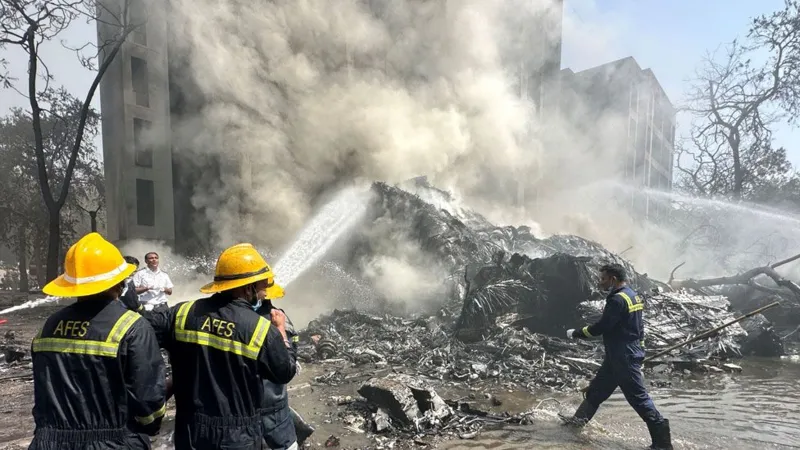
A preliminary investigation report, released on July 12th, has shed light on the events leading up to the disaster. The report indicates that mere seconds after takeoff, the fuel-control switches in the aircraft abruptly moved to the “cut-off” position. This critical malfunction starved the engines of fuel, leading to a complete loss of power. The precise circumstances and reasons behind this alarming sequence of events remain subjects of intense scrutiny. This report delves into the critical details uncovered so far.
Unraveling the Tragedy: When and Where the Crash Occurred
Air India flight AI171 departed from Ahmedabad’s Sardar Vallabhbhai Patel International Airport shortly before 13:39 local time (08:09 GMT) on Thursday, June 12th. The flight was destined for London Gatwick, with an expected landing at 18:25 BST. However, the aircraft’s journey was tragically cut short, remaining airborne for less than 40 seconds. In a harrowing final moment, one of the pilots managed to transmit a mayday call just before the plane plummeted into a densely populated neighborhood.
The impact was devastating, as the aircraft struck a building serving as doctors’ accommodation at the Byramjee Jeejeebhoy Medical College and Civil Hospital. The crash caused a massive explosion, and with the hostel occupied during a lunch break, the falling debris tragically pierced the roof of the dining hall. According to Flightradar24 data, the Air India flight had climbed to an altitude of 625 feet in clear weather before its location data was lost just 50 seconds into the flight.
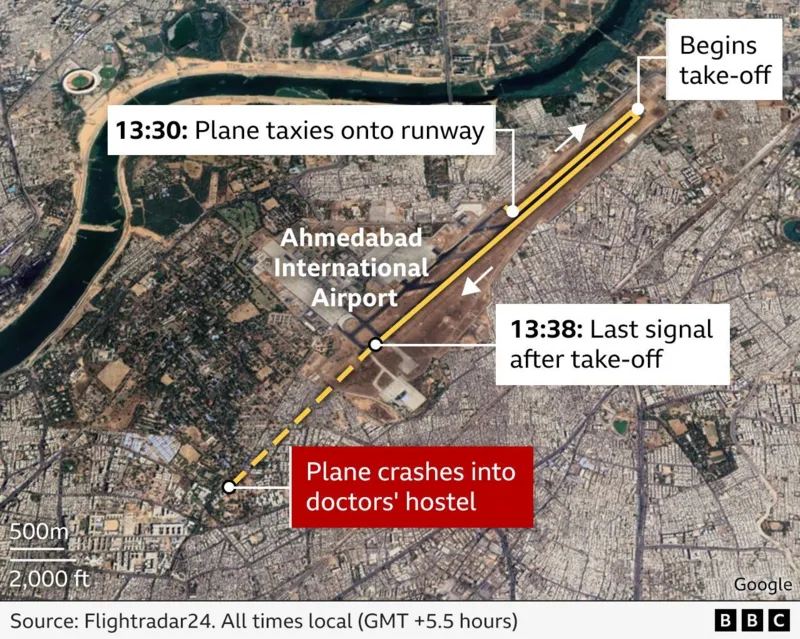
Preliminary Report Findings: Fuel Cut-Off and Cockpit Recordings
The preliminary report, compiled by India’s Aircraft Accident Investigation Bureau (AAIB), revealed a critical finding: the fuel supply to the Air India plane’s engines was severed moments after takeoff. Recovered cockpit voice recordings capture a pilot asking, “why did you cut off?” to which the other pilot responded with a denial, stating, “I did not do so.” The report does not definitively attribute these voices to Captain Sumeet Sabharwal or co-pilot Clive Kundar, the flight’s crew.
Flight recorder data further corroborates this alarming discovery, showing that both of the plane’s fuel control switches were moved to the cut-off position in rapid succession, within a single second, shortly after the aircraft became airborne. These switches are typically used only to shut down engines after landing or in dire emergency situations, such as an engine fire, not during the critical takeoff phase.
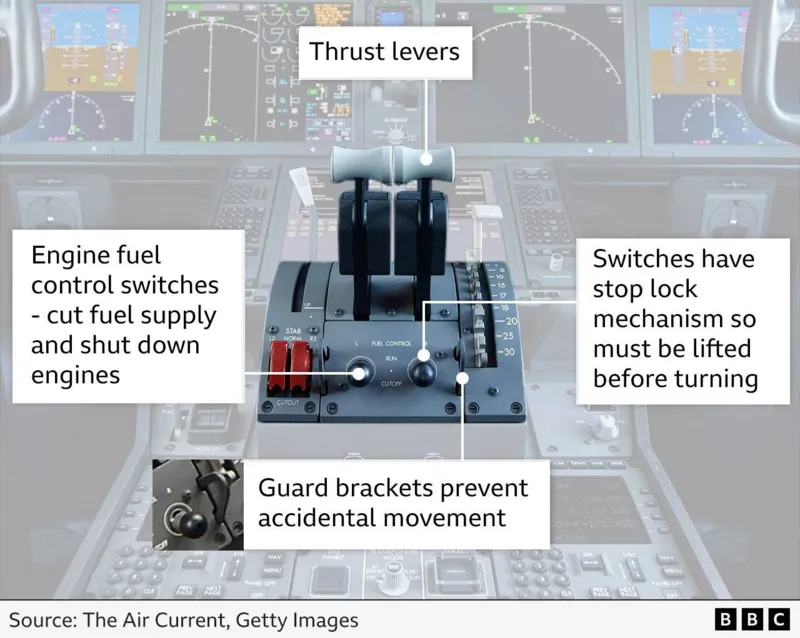
The premature cut-off resulted in a loss of thrust from both engines. While the report noted that one engine subsequently attempted to regain thrust, it was insufficient to counteract the plane’s deceleration. The report also clarified that “no significant bird activity” was detected in the vicinity of the plane’s flight path, ruling out a bird strike as a potential cause. Significantly, the report stated that “at this stage of investigation, there are no recommended actions to B787-8 and/or GE GEnx-1B engine operators and manufacturers.”
The AAIB report did reference a 2019 Special Airworthiness Information Bulletin issued by the Federal Aviation Administration (FAA). This bulletin highlighted that some Boeing 737 fuel control switches were installed with a disengaged locking feature. Although not deemed an unsafe condition requiring an Airworthiness Directive, the same switch design is employed in Air India’s VT-ANB aircraft involved in the crash. Air India had not conducted inspections related to this advisory, and no defects pertaining to the fuel control switch on VT-ANB had been reported since 2023.
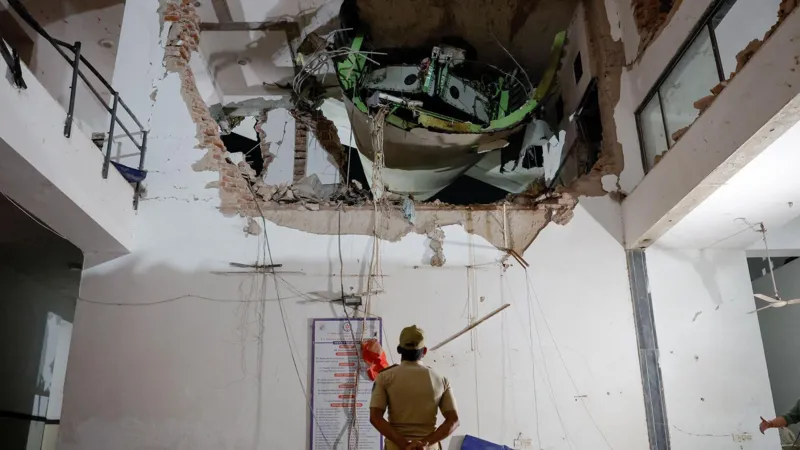
The ongoing investigation is a collaborative effort involving experts from the AAIB, Boeing, General Electric, Air India, Indian aviation regulators, and participants from the United States and the United Kingdom. A comprehensive final report is anticipated within the next 12 months.
Reactions from Air India and Boeing
An Air India spokesperson acknowledged the preliminary report, stating, “We continue to fully co-operate with the AAIB and other authorities as their investigation progresses. Given the active nature of the investigation, we are unable to comment on specific details and refer all such enquiries to the AAIB.” This tragedy marks a significant setback for Air India, particularly as the airline is undergoing a crucial business turnaround following its privatization and acquisition by the Tata Group in 2022. In the aftermath of the crash, the airline has reduced its international operations on wide-body aircraft.
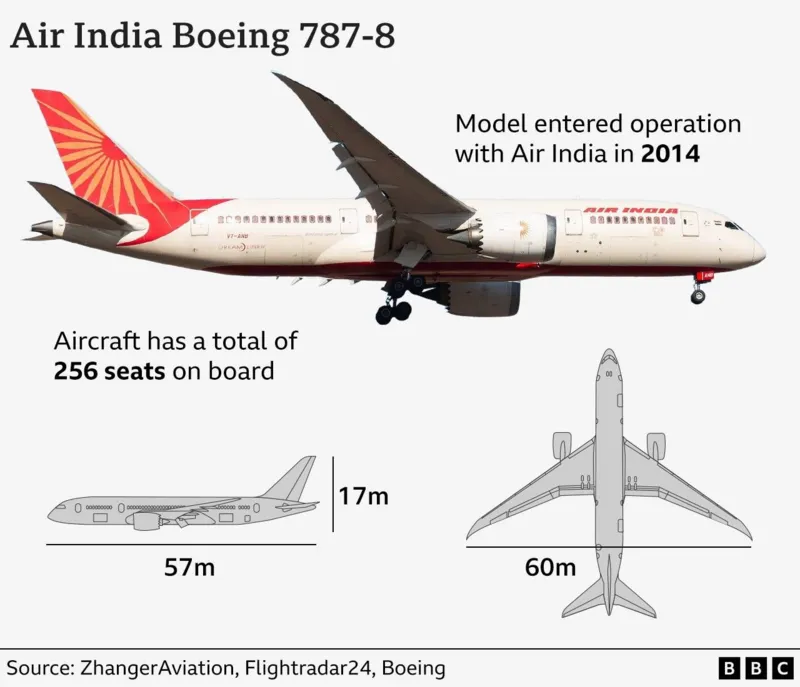
Boeing, in its statement, affirmed its commitment to protocol under the UN International Civil Aviation Organization, deferring to the AAIB for information regarding the crashed plane. The company also reiterated its support for the ongoing investigation and its customer, Air India. The US National Transportation Safety Board expressed gratitude for the cooperation from Indian officials and noted the absence of recommended actions targeting Boeing-787 jet operators or engine manufacturers in the preliminary report.
On Board: The Human Cost of the Disaster
Air India confirmed that the Boeing 787-8 Dreamliner, which has a seating capacity of 256, was carrying 242 passengers and crew members. Among those on board were 169 Indian nationals, 53 British citizens, seven Portuguese nationals, one Canadian, and 12 crew members. The sole survivor, Vishwashkumar Ramesh, who occupied seat 11A, shared his harrowing experience with India’s state broadcaster DD News: “I still cannot believe how I made it out alive. At first, I thought I was going to die. I managed to open my eyes, unfastened my seat belt and tried to exit the plane.”
Mr. Ramesh recounted how the side of the plane he was seated on did not directly impact the hostel and was closer to the ground. “My door broke down and I saw a small space,” he said. “I tried to get out of the plane.” Tragically, his brother Ajay, who was also on the flight, did not survive the crash. Downing Street confirmed that the Foreign Office has been in contact with Mr. Ramesh to offer consular support.
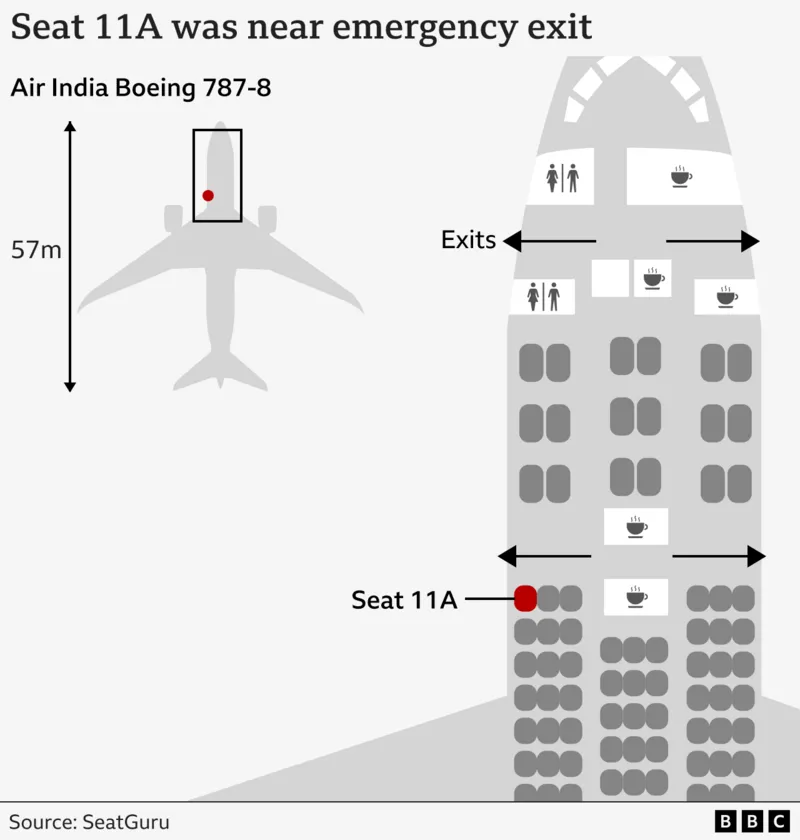
The Aircraft: A Boeing 787-8 Dreamliner
The aircraft involved in the tragic incident was a Boeing 787-8 Dreamliner, a model introduced 14 years ago. Boeing had recently celebrated this model’s milestone of carrying one billion passengers. Air India maintains a substantial fleet of over 190 aircraft, including 58 Boeing models. The crashed 787 Dreamliner, which was 11 years old, had completed over 700 flights in the year preceding the disaster, according to Flightradar24 data.

In the wake of the crash, India’s aviation regulator mandated safety checks across Air India’s entire Boeing-787 fleet. Furthermore, from June 15th, one-time checks of take-off parameters and power assurance checks have been implemented for every departure of a Boeing 787-7 or 787-9 plane.



Post Comment